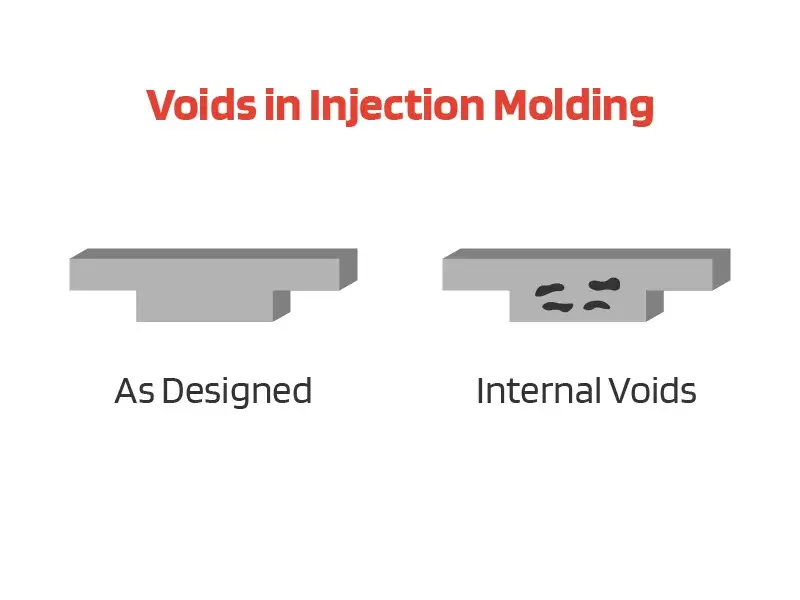
Home » LDPE

LDPE
Material Type
Plastic
Material Full Name
Low-Density Polyethylene
Process Compatibility
Injection Molding, CNC Machining
List of Plastic Material
List of Elastomer & Rubber Material
List of Metal Material
LDPE Description
Price
$$$$$
Strength
Flexibility, lightweight nature, and excellent resistance to moisture and chemicals.
Weakness
Lower melting point, relatively low tensile strength and stiffness compared to other plastics.
Common Application
Plastic bags, packaging films, squeeze bottles, wire and cable insulation, medical devices, and toys.
LDPE Properties
Polyethylene (PE) is a widely used thermoplastic polymer known for its versatility and cost-effectiveness. It is produced in various forms, each with unique properties. The two most common types of polyethylene are Low-Density Polyethylene (LDPE) and High-Density Polyethylene (HDPE).
LDPE is a semi-rigid polymer with approximately 50-60% crystallinity. It consists of 4,000-40,000 carbon atoms with numerous short branches, giving it a higher degree of side-chain branching compared to HDPE.
Properties at a Glance
*Pease note: The following material properties are for reference only. Actual values may vary depending on the selected material brand.
| Property | Metric | English |
|---|---|---|
| Density | 0.910-0.925 g/cm3 | 56.8-57.7 lb/ft³ |
| Shore Hardness D | 40-50 | 40-50 |
| Min Temp. Air | -70°C | -94°F |
| Max Temp. Air | 80~100°C | 176~212°F |
| Flammabilitiy, UL94 | HB | HB |
| Elongation at Break | 200-600% | 200-600% |
Chemical Properties
- Resistance to many acids, bases, alcohols, and esters.
- Generally resistant to aldehydes, ketones, and vegetable oils.
- Susceptible to attack by aromatic and halogenated hydrocarbons.
How Additives Improve POM Properties
Additives can enhance LDPE properties by improving characteristics such as strength, flexibility, and resistance to heat, chemicals, and UV radiation.
- Antioxidants improve thermal stability.
- UV stabilizers enhance resistance to degradation from sunlight.
- Fillers and reinforcements can increase strength and stiffness.
- Processing aids improve flow and reduce manufacturing defects.
Additionally, additives that may cause degradation or interfere with the polymerization process should be avoided. It's crucial to carefully assess the compatibility and potential impact of additives before incorporating them into LDPE formulations.
Get Custom LDPE Parts with Zhongde
Which type of PE is recyclable?
High-density polyethylene (HDPE) and low-density polyethylene (LDPE) are both recyclable types of polyethylene. However, HDPE is more widely recycled due to its higher strength and rigidity, LDPE, although recyclable, is less commonly recycled due to its lower density and flexibility.
Is PE resin toxic?
No, PE resin is not inherently toxic. PE is considered a safe material for packaging and food storage purposes. PE resin does not react with food or beverages, and it does not leach harmful substances into the contents it contains.
What are common types of PE?
Common types of PE (polyethylene) include:
- HDPE (High-Density Polyethylene)
- LDPE (Low-Density Polyethylene)
- LLDPE (Linear Low-Density Polyethylene)
- UHMWPE (Ultra-High Molecular Weight Polyethylene)




